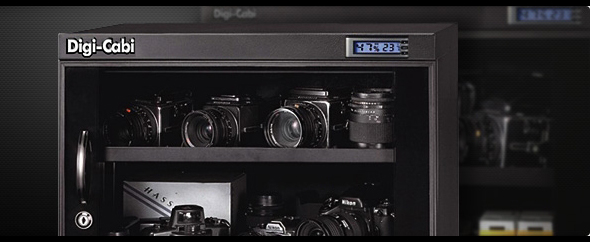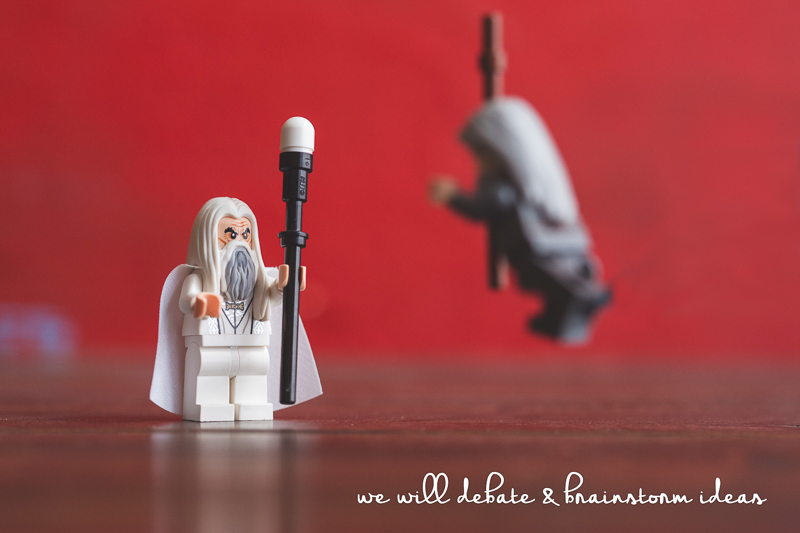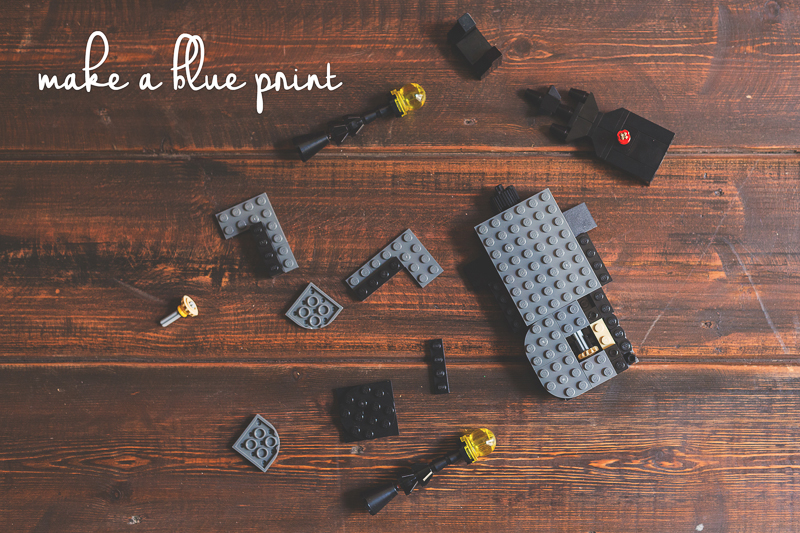Most of us often get our camera gears serviced (the camera & lenses) and ever so often the technician informs us about some dust particle and moisture formations that has to be cleared. This is all good when your equipment is within the warranty but its a whole new ball game when you start paying ridiculous amounts of money just to get the fungus out (which at first looked like a harmless dust particle) especially once your warranty has becomes avoid and if you are a photographer like me, you may have decided not to renew the contract thinking i won’t be needed it anytime soon .. right? Wrong.
Equipment storage is something we all take for granted. Most of us keep all our gear (cameras, lenses, flash, memory card) in the camera bag itself and we throw in some moisture bags or silica gel packets. Now i am not saying that doing this does not work, it does but there is a better alternative which ensures longer life to the photography gear. I too stored my camera & lenses in bags for the longest time; almost two years but then i decided that i need to store them properly and started looking for dehumidifying cabinets.
Dehumidifying cabinets are a storage container in which the interior is kept at a low-level of humidity. It also has knobs that help you regulate the temperature within if there is an sudden increase or decrease in humidity due to changing weather conditions.
Why?
We, often on a daily base change lenses on the camera; and for that brief time both the camera and lens is exposed to dust particles (which is still harmless). The bigger risk is when moisture finds its way in into your lens, which basically creates a backdoor for the fungus spores to connect with the dust particles (which in this case must have already been inside) to grow and thrive in humid conditions. If you don’t spot the issue early or continue to ignore it they will result in permanently damage and leave behind marks in the lens coatings effecting the quality of the image. This Fungus can also move from one lens to another so it only means that if you have stored everything together in one bag, chances are it may infect all the other lenses as well.
How to inspect your lenses:
It very easy actually, Either dismount the lens from the camera or remove both the lens caps and filters (if any). Look straight through the lens when pointed directly into a light source (like the sky or white wall). There is a high probability that you might come across some specks of dust however if you see any small water spots, web formations or worse (fungus) please keep the infected lens away from the other equipment and walk into a service center as soon as possible.
A little bit of trivia: In india humidity levels can reach more than 70% especially during monsoons. I think that is reason enough.
Where to buy?
So there aren’t any stores where you could walk in and inspect a dehumidifier before buying, at least not here in Bombay. I was recommended by a couple of friends/photographers to call and book one from an authorised dealer. Attaching link: http://www.kalabhai.com/products/photooptics/digicabi.htm
There are a couple of variants depending on how much equipment you have. They send you a price list which makes things easier.
Now i do understand that buying dehumidifying cabinets may not be part of the plan or a cost that you must have anticipated but if you have a butt loads of equipment then i suggest you start saving up. On the plus side: you can even store your HDD, memory cards in them as well.
Other alternatives that some photographers use:
- They place everything in a build-it-yourself cupboards with a zero watt bulb.
- Some store a lens in a air-tight containers or zippered bags. It may not be the best thing since it can’t “breathe”. I think the important thing to consider is to store your lens in a dry place that has reasonable air exchange.
Image source via google.
If you know of alternative ways to store equipment effective, i would love to hear & blog about it. Remember to keep the process simple and make decisions based on what you need.
Please feel free to comment and share your thoughts.
write to me: contact@joymanavath.com
India.
Parallax, coming soon!





































